What could be worse than your 5.3 common oil leaks stains on the way to your friend’s house where you drench their driveway with our annoying oil leak? Nothing! But lucky for you to find out that many of the vehicles that suffer from constant oil leaks can be fixed. It just takes a bit of work acting like Sherlock Holmes to find the source of the leak and some labor work.
Essentially, you won’t be just fixing a pestering and annoying oil leakage problem but also save yourself the embarrassment from strangers as well as friends who constantly let you know about the leakage.
The 5.3, 5.7, 6.0, 6.2 & 7.0-liter engines tend to leak at the rear main seal area. In actuality, the seal itself is not to be blamed as many automobile companies use a cover plate, on the rear end of the engine, in which the seal is mounted. The improper or defective casting of the engine blocks and these particular covers leads to major oil leaks.
Table of Contents
Some areas for a 5.3 common oil leaks
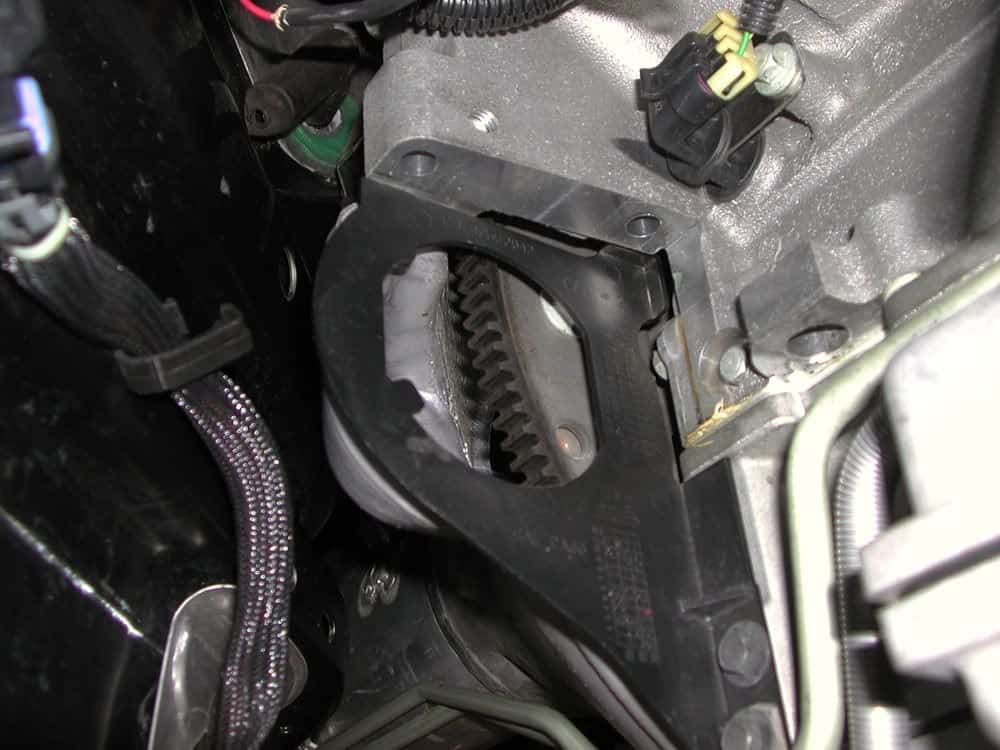
There are four common areas where your oil leak might be stemming from. Identifying the source of the leak would make the task of fixing it much easier for you or the technician!
#1 – Issues with the Oil Pan Gasket
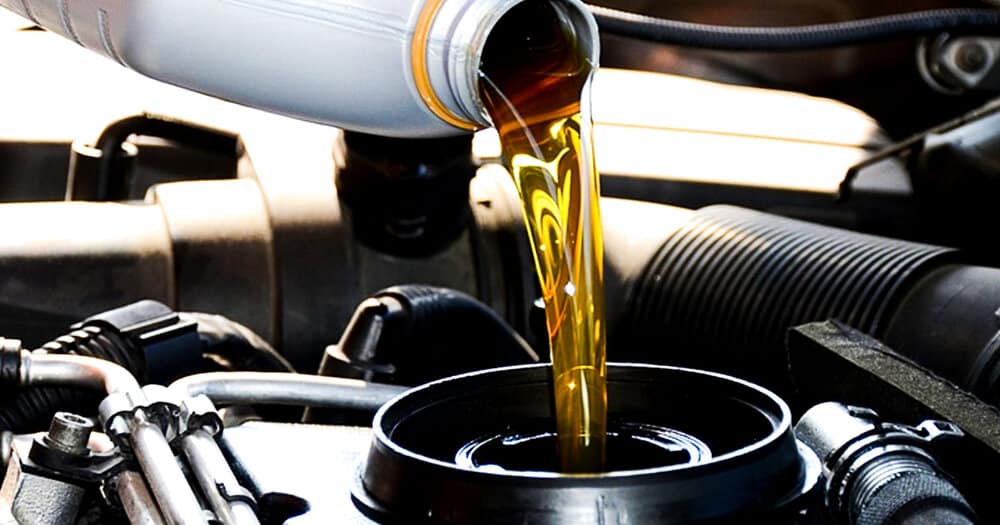
The gasket between the engine block and the pan is subject to various stresses such as thermal expansion, pressure, and vibrations that can cause the oil pan gasket to start leaking.
The bolts may also loosen over a period of time which results in oil slowly leaking.
Usually, you just have to visually inspect the bolt torque on the oil pan to figure out if the leakage is occurring from there. Once you know for sure that the leakage is originating from there, you can replace the oil pan gasket quite easily if the transmission has been taken out.
It would be a good idea to replace the oil pan gasket when you are having the rear cover repaired.
Summary: Your oil filter gasket is the most common area for leakage to occur due to the stress it continuously experiences but the detection and removal of the oil pan gasket is not a complex one. You can usually inspect it yourself but when it comes to the removal and replacement step, you should acquire the assistance of your local mechanic.
#2 – Issues with the Oil Filter Gasket
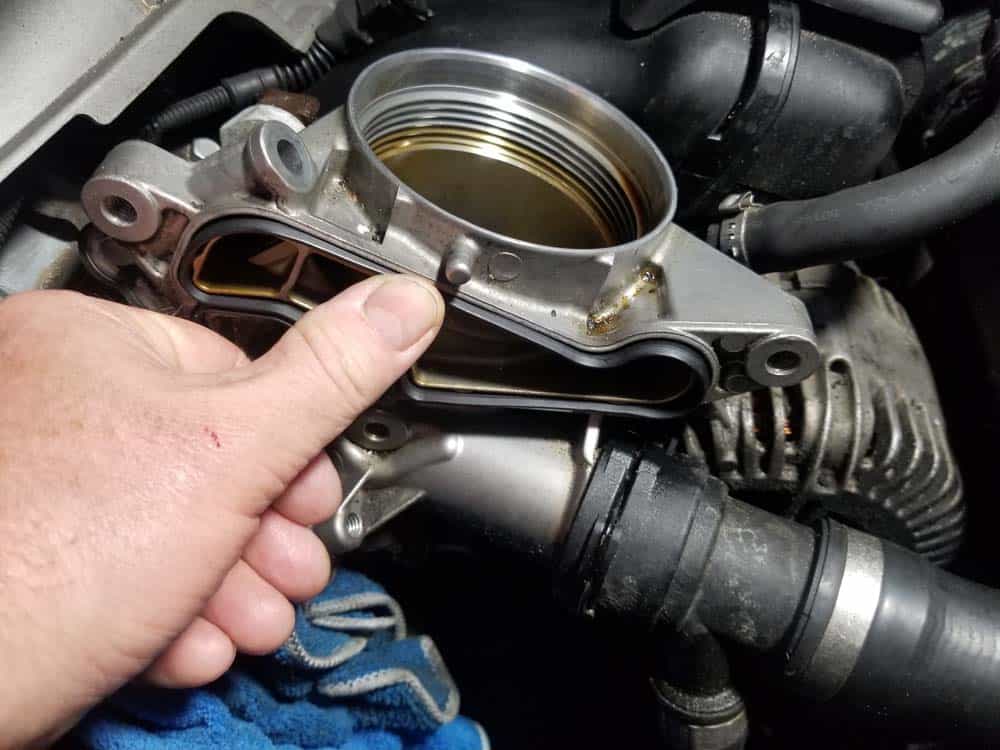
This is also a highly common area for leaks to occur. The leaks generally happen if the filter is not appropriately secured or even if it becomes loose with gradual use over time. Over tightening of the gasket can also result in the gasket cracking and creating a leakage.
Usually, you can try fixing the leak by securing the filter in accordance with the manufacturer’s instructions. In case the filter has become too loose or damaged, it would need to be replaced.
In case the old filter gasket requires a replacement or requires to be taken out, ensure that the mounting surface is clear of any dirt and before carefully removing the old gasket. You need to make sure that none of the old gasket material sticks on the mounting surface and if it does, you should use a degreaser to remove it.
Summary: The oil filter gasket is a usual area for leakage and over or under-tightening of the filter gasket can result in leakages. Over tightening is generally a worse situation as it leads to the gasket cracking and once it cracks, the only thing you can do is replace it.
To replace the oil filter gasket, you should acquire the assistance of your local mechanic as it can be a rather hard and messy procedure.
#3 – Issues with the Oil Pump Gasket
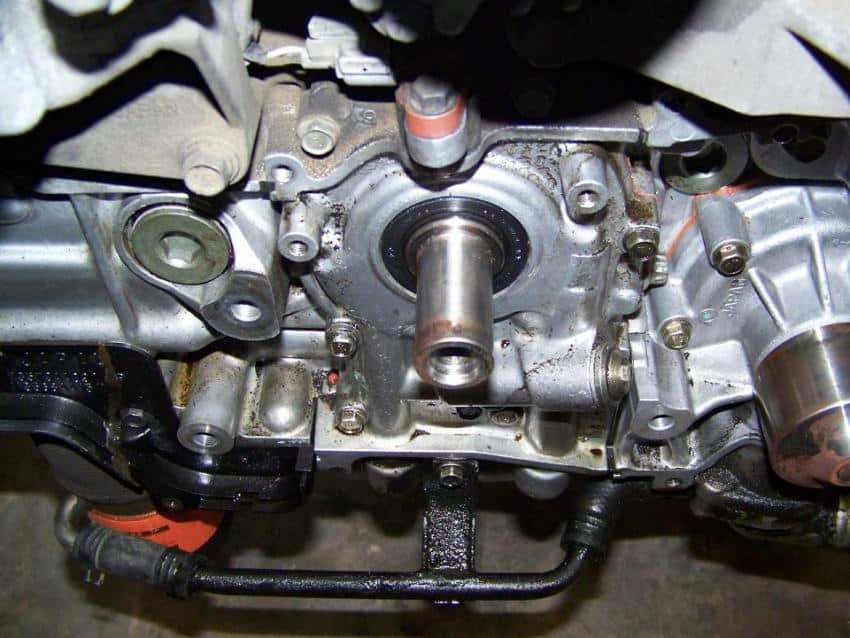
It is not unusual to find engines that are equipped with an external oil pump that is securely attached to the side of the engine block with screws and a gasket. The gasket is very susceptible to wearing out and leaking.
Usually, if the oil pump does not have an appropriate level of oil, then it can lead to the pump prematurely wearing down and starving the engine of oil, resulting in further damage which is much more severe than an oil leak.
The engine can be seriously damaged as an oil pump gasket leak takes away the essential lubrication the engine needs to run smoothly.
Usually, the oil pump gasket is sealed off with a rubber O-ring to ensure it stays tightened. When the O-ring wears out or gets torn, a leakage is bound to occur.
Summary: The oil pump is essential in ensuring the smooth functioning of the engine as it provides the engine with the lubrication it needs to function. A leakage from here can lead to oil starvation in the engine which is a rather serious problem. You can usually visually inspect this area to figure out if this is the source of the leak.
Acquire the assistance of your local mechanic when changing or replacing the oil pump gasket.
#4 – Issues with the Rocker Cover Gasket
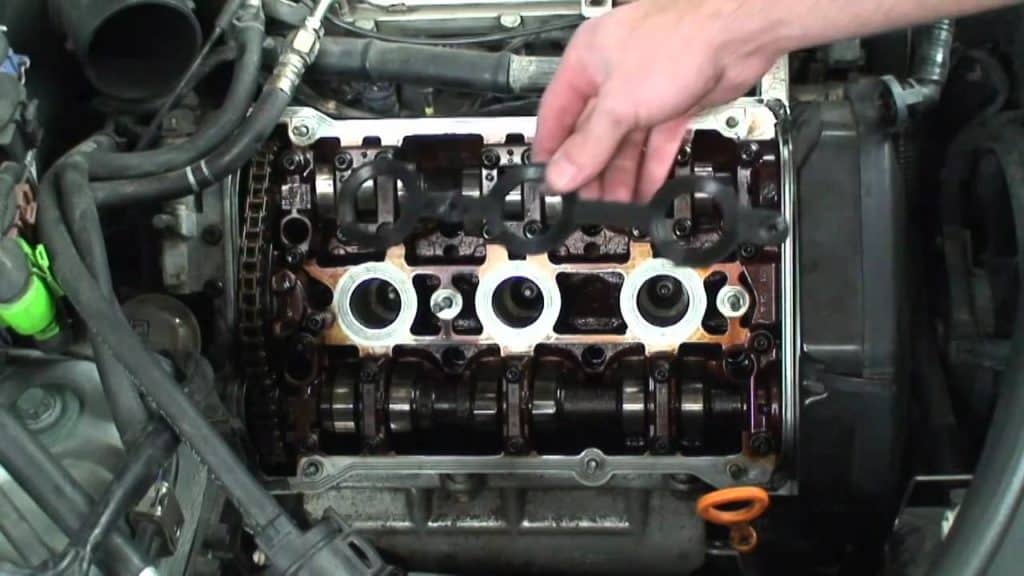
The engine’s valve train is usually hidden with a valve cover or a rocker, typically there is a single cover used for an in-line engine, and typically two covers are used for a V-style engine. The gasket situated between the cylinder and the cover head prevents leakage. This might sound easy to detect but it can be quite tricky.
The most obvious sign that a valve cover gasket is in the course of diminishing its seal’s abilities is an oil-coated valve cover accompanied by a slight burning smell of oil whenever the engine is turned on. When the oil drips from the valve cover, there is a high chance that it might come in contact with an extremely hot exhaust manifold and cause it to melt or burn. You should look out for smoke.
The leaking oil can make its way down and to the back-end of the engine and imitate a leak from some other area, such as the main rear seal.
A small telescoping mirror should help you detect and figure out the leak.
Summary: The rocker cover gasket can only cause a leak when the engine is turned on and not when it’s at a rest which makes the procedure of detection tougher. The leak from a valve cover can get worse as the engine runs and the revolutions increase and eventually lead to the engine running on little to no oil which is something that should not be taken lightly.
To replace the valve cover, you need to acquire the assistance of your local mechanic.
Conclusion
A leakage is something that should never be taken lightly as it is a strong telltale sign that something is not functioning the way it is supposed to in your vehicle. The most common areas for a leak in a 5.3 engine are rocker cover gasket, oil pan gasket, oil filter gasket, and oil pump gasket.
If you catch the source of the leak in time, you can save yourself hundreds of dollars spent on replacing whole new parts. Unless the bolts have fallen off or the O-rings have been completely damaged. But all of this can be easily fixed by your mechanic!
